The electric vehicle space is a rather complex one. There are so many ways to approach electrification, from plug-in hybrids to fuel cell vehicles. The internal combustion engine is reaching the limits of its efficiency, so the topic of electrification is unavoidable. Even China is asking companies to ensure at least 10% of their sales comprise of electrified vehicles by 2019.
Honda wants to be a part of this green movement, so they developed the Intelligent Dual Clutch Drive (i-DCD) hybrid system. Compared to the Integrated Motor Assist (IMA) system that came before it, i-DCD is a full hybrid system, capable of moving the car with the petrol engine turned completely off.
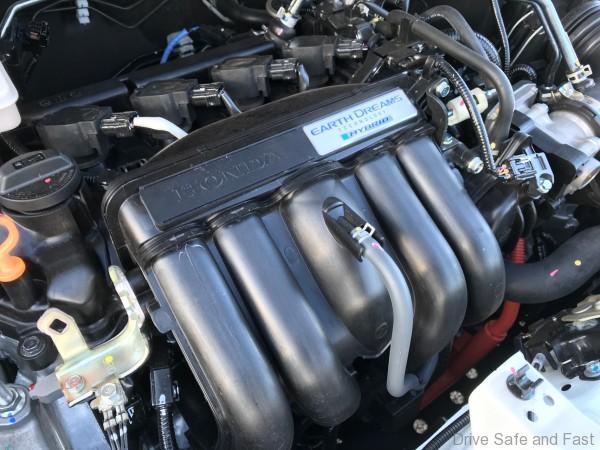
We went to the source of this innovative new hybrid system, the Suzuka plant, to learn more. Seeing as Malaysia is the FIRST country outside of Japan to receive this technology, it made sense that we were the first group of media members to actually be given a tour of the factory.
Here’s what we learnt.
Proven in Japan, Now in Malaysia
I-DCD was introduced in Japan in 2013. There it found its way into the Jade, Freed, Vezel (JDM version of the HR-V), Grace (JDM version of the City), Fit (JDM version of Jazz).
4 years since its launch in Japan, out of the 256,565 Fit Hybrids sold, only about 0.03% of these have had warranty claims made (September 2017 figures). The fact that Honda are so open with these numbers shows how confident they are of their technology.

Honda Malaysia too are confident that this technology is the future. They’ve guaranteed the lithium-ion battery cost at RM5,513. And that’s a figure you only have to think about after 8 years, as that’s how long the battery is covered by their warranty (unlimited mileage too). Maintainance cost is no different from the regular petrol powered City and Jazz models, as the electric components are maintainance-free.
Getting It Right From the Factory Floor
As mentioned earlier, we spoke to the guys who actually build these motors in Suzuka. They told us the following:
1) The line has been making hybrid motor assist systems for a long time now. In October 2012, they successfully rolled out their 1 millionth hybrid motor (back then it was the IMA). In August of this year, they made their 2,000,000th motor, this time, an i-DCD. These guys have experience.

2) The i-DCD system is made only at Suzuka. This system is crucial to Honda’s electrification plan. Hence, the engineers and factory workers here are fully dedicated in ensuring it’s made better than any competing system in the marketplace.
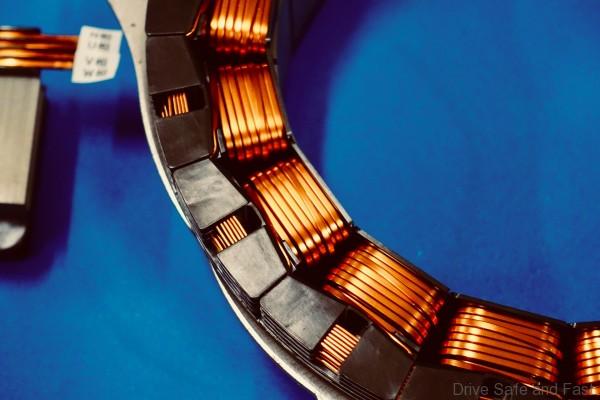
3) When putting together the Stator Assembly, a charge-couple device (CCD) camera is used to ensure there are absolutely no gaps in the contact points between each coil.
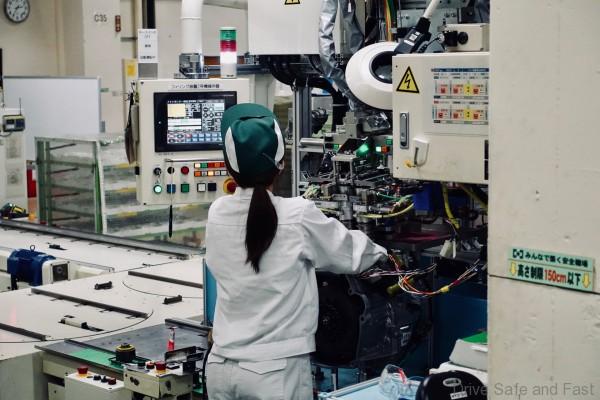
4) The target for this line is to achieve a 0% warranty claim rate on the motors. It has been working out well so far thanks to their methodology and commitment to quality.
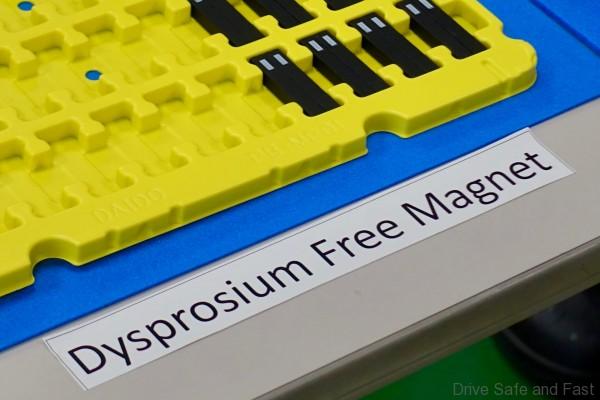
5) The magnets used are Dysprosium-free. This is a Honda exclusive technology that was co-developed with Daido Steel. This ‘heavy rare earth mineral’-free magnet is more environmentally friendly/ Remember the whole scandal behind the Lynas rare earth facility in Malaysia? These hybrid motors are part of the solution, removing demand on Honda’s part for these elements.
Made for Malaysian Driving Conditions
While on our i-DCD drive in Terengganu, we discovered a few interesting things about how the Jazz and City Sport Hybrids were more suitable for Malaysian driving conditions.
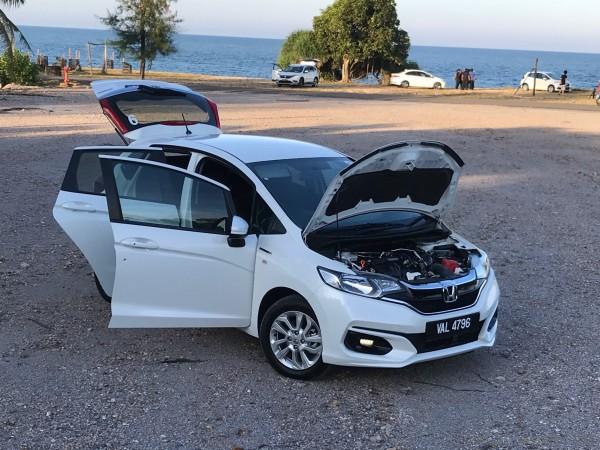
Yes, dual clutch systems are usually deployed for their performance advantages in European cars. But the characteristic that sets them apart form other transmission types is the speed at which upshifts and downshifts happen. With an almost imperceivable gap between gear shifts, dual clutch transmissions are also incredibly efficient. The engine is never wasting energy through a torque converter and keeps the momentum going because it’s not waiting for the next gear to engage.
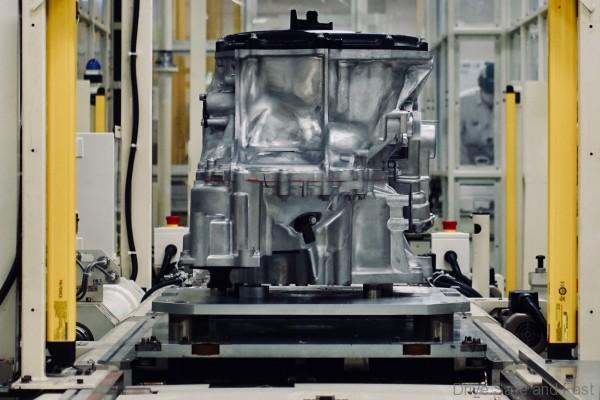
But to ensure the i-DCD system in Honda’s hybrids is skewed towards longevity, Honda’s engineers have given it much longer gear ratios. Other dual clutch systems tend to keep shifting up, hitting gear 6 or 7 by the time you’re going 90km/h. But Honda’s system can afford to hold on to gears longer because the integrated motor is there to compensate for any efficiency losses. Longer ratios, fewer shifts, less wear and tear.
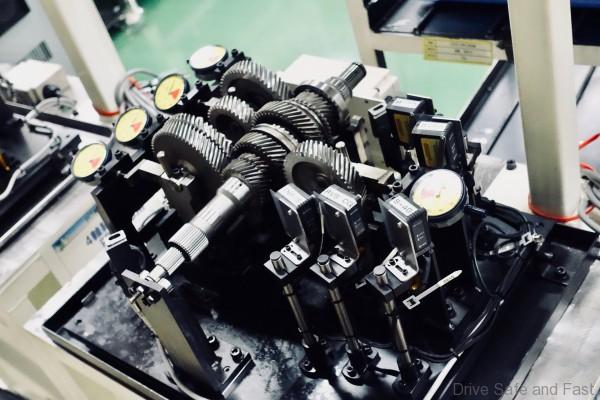
Plus, there are characteristics that make the i-DCD system ideal for Malaysian traffic. When crawling in traffic, the system is happy to run in Electric Vehicle mode. And while in this mode, the air cond system/climate control works as per normal. This is because these cars use an electric-driven compressor instead of a belt-driven one, which would take its power from the motor.
Honda have had to remove the spare tyre to fit the batteries, but instead, a tyre repair kit has been included. This kit comes with a tyre pump and a bottle of high-quality liquid sealant. The whole process takes just a few minutes.
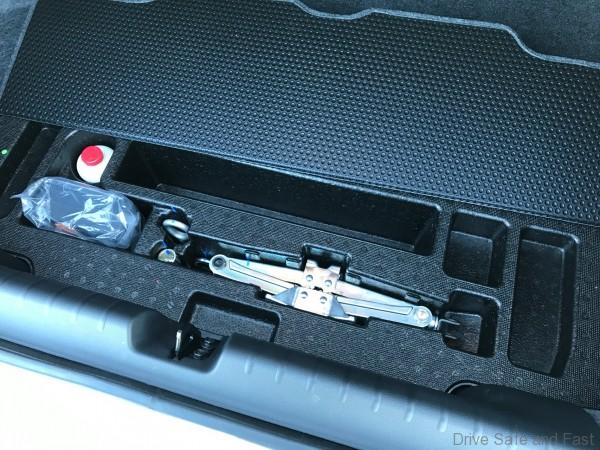
And because there’s no need to lift a spare tyre out of the boot or jack the car up, it’s actually a lot easier to do, especially in our weather. Just connect the pump to the 12V socket in the car, release the tyre pressure, insert the bottle into the pump, increase the tyre pressure. Simple as that.
We still have loads more to share about Honda’s i-DCD system, as well as a story on the Suzuka factory itself, so stay tuned for more.


